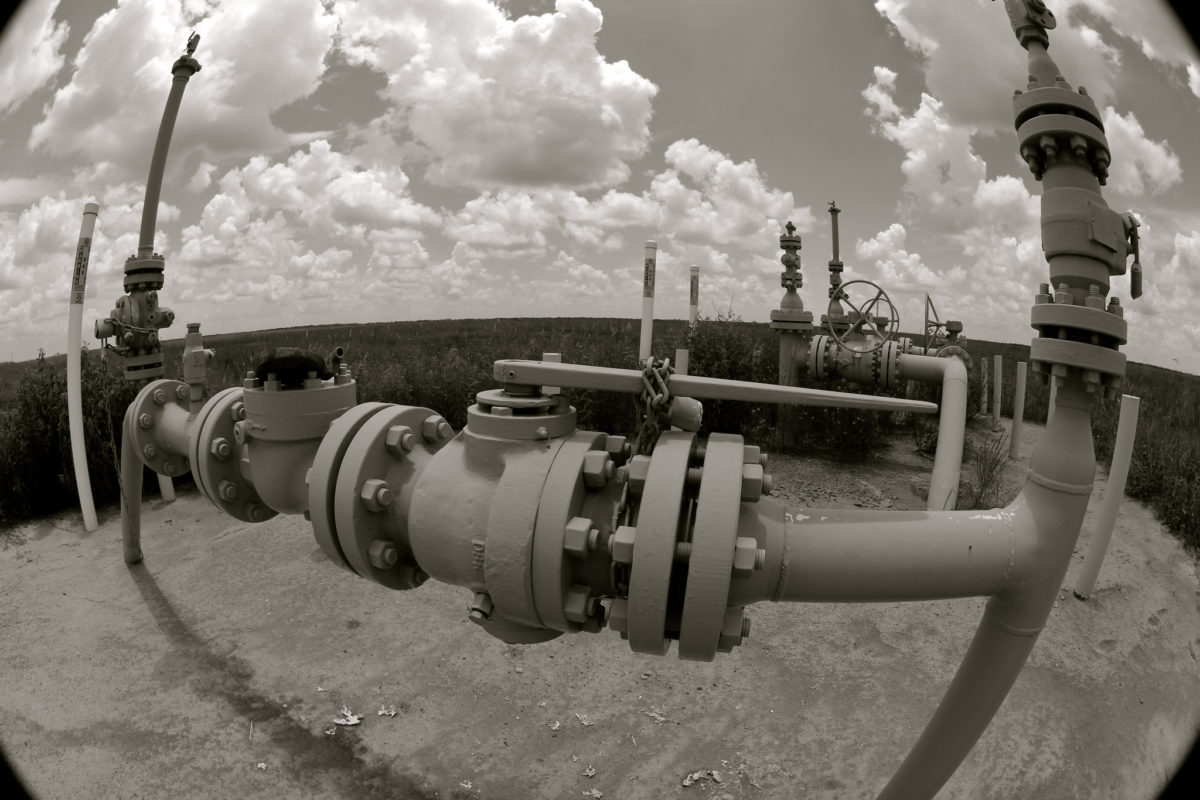German transmission system operator TenneT and Dutch natural gas infrastructure and transport company Gasunie have called on European policymakers to adopt new rules to enable strong integration of power and gas infrastructure.
That is necessary for the EU – and member states Germany and the Netherlands – to reach an ambitious target of reducing the level of greenhouse gas emissions seen in 1990 by 80-95% by 2050.
In the joint Infrastructure Outlook 2050 study, the two transmission system operators (TSOs) define three scenarios for the energy systems of Germany and the Netherlands which all hit the 95% target – but by using significantly different energy systems.
The ‘local – focus on decentralized renewables’ scenario envisages the largest penetration of solar, with municipalities and cities playing a leading role by seeking energy independence, and features the highest degree of electrification. The analysts who wrote the study assume an high amount of battery storage to cover intraday variations and the highest amount of installed power-to-hydrogen capacity listed in the three scenarios, to span seasonality in supply and demand.
Wind or imported green energy
In a second scenario – ‘national – focus on centralized renewable production’, national governments lead the way, with an emphasis on centralized wind power and electrification of final energy demand. Hydrogen and methane would be used mainly as fuel for back-up power plants during periods with a low feed in of wind power. “Due to the strong dependence on variable wind power, there is a need for a considerable amount of flexibility from power-to-hydrogen and battery storage,” the report notes.
The third scenario – ‘international – focus on energy import’ – predicts power from renewables will be mostly produced in bulk at locations around the world with the most favorable conditions for solar and wind. That renewable energy, according to the study’s authors, would be chiefly imported in the form of methane or hydrogen, or as molecules of green liquid fuels.
The authors of the paper found, in particular, building power-to-gas installations near renewable production facilities would reduce the need for electricity grid expansion. “Existing underground gas storage facilities, on the other hand, can absorb large quantities of renewable energy for seasonal and long-term storage via P2G conversion,” state the authors of the report.
Sector coupling vital
TenneT CEO Manon van Beek said: “To use 80% and more renewables, we need not only the right power grid infrastructure but also alternative transport solutions and efficient storage facilities, such as the gas grid and power-to-gas.” He said European governments and authorities should think about a framework that would make it possible to further develop power-to-gas quickly and economically.
Gasunie CEO, Han Fennema agreed, adding: “Politicians in Germany and the Netherlands are setting ambitious climate targets – these can only be achieved with the help of sector coupling.”
The TSOs are already jointly developing a 100 MW power-to-gas pilot plant in Lower Saxony, in northwestern Germany. Gasunie has planned a 1 MW power-to-gas pilot at its underground storage facility at Zuidwending, near Veendam in the province of Groningen in the northeast of the Netherlands.
TenneT last month warned of grid restrictions in its domestic electricity network because of the volume of renewable energy generation that is queueing up to come online.
This content is protected by copyright and may not be reused. If you want to cooperate with us and would like to reuse some of our content, please contact: editors@pv-magazine.com.




1 comment
By submitting this form you agree to pv magazine using your data for the purposes of publishing your comment.
Your personal data will only be disclosed or otherwise transmitted to third parties for the purposes of spam filtering or if this is necessary for technical maintenance of the website. Any other transfer to third parties will not take place unless this is justified on the basis of applicable data protection regulations or if pv magazine is legally obliged to do so.
You may revoke this consent at any time with effect for the future, in which case your personal data will be deleted immediately. Otherwise, your data will be deleted if pv magazine has processed your request or the purpose of data storage is fulfilled.
Further information on data privacy can be found in our Data Protection Policy.